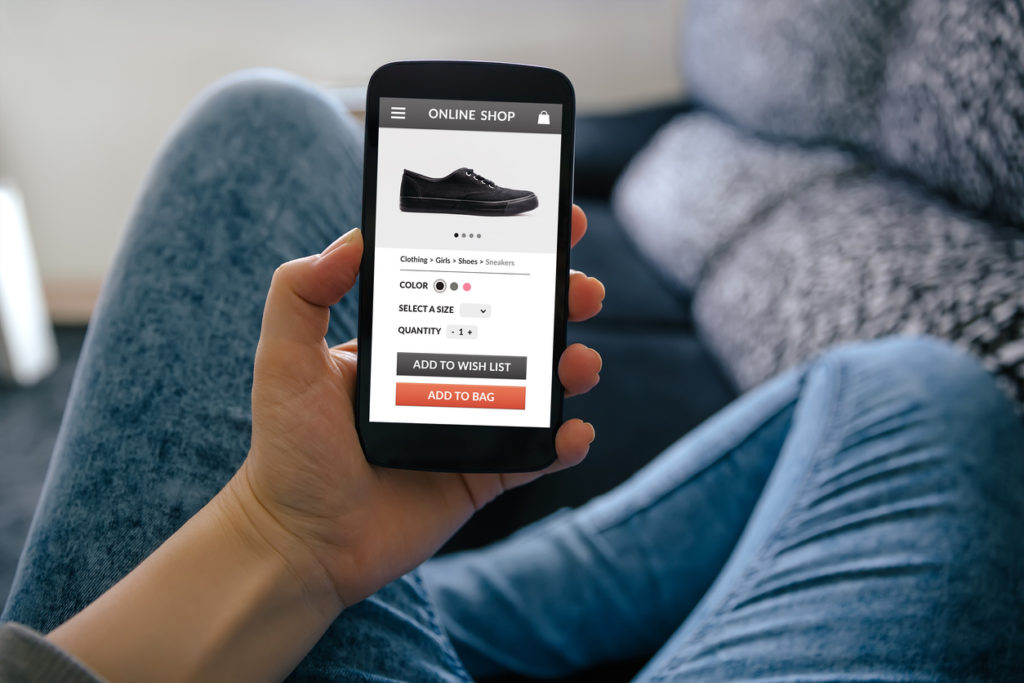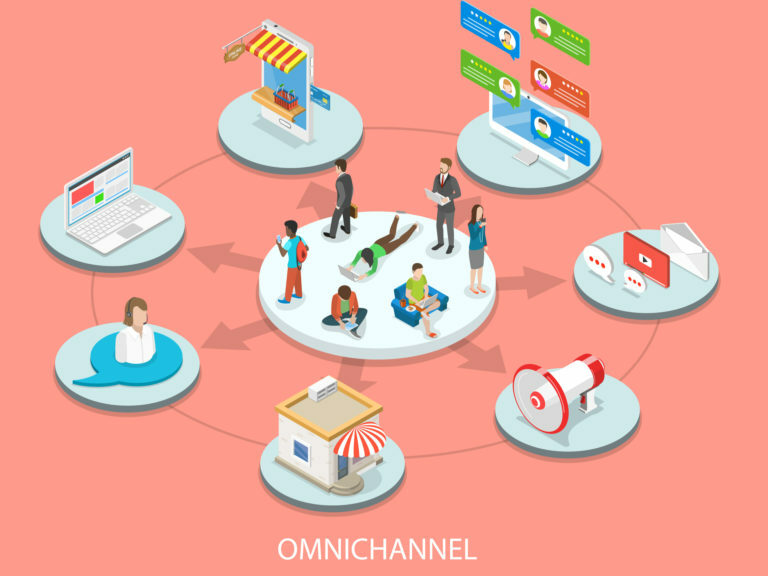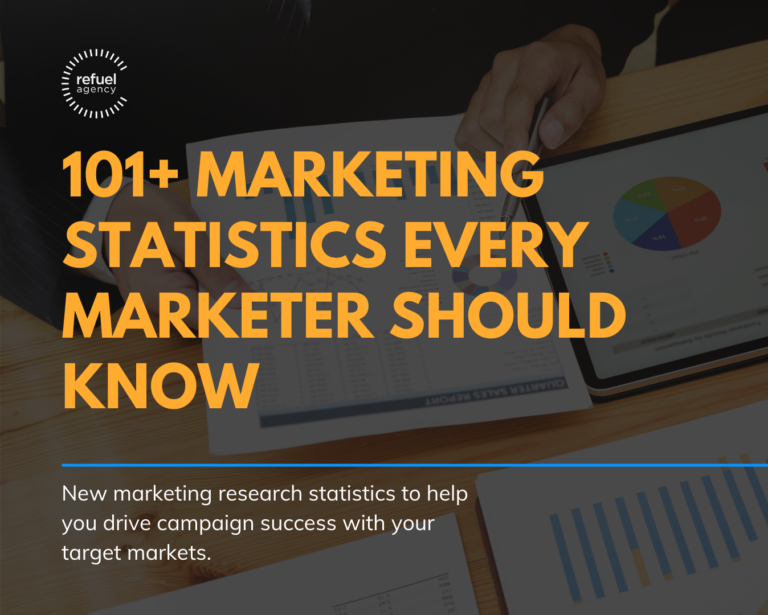Since the dawn of smartphones, consumer behavior has been irrevocably altered. The powerful machines we all carry in our pockets have transformed us into full-time consumers, and any interaction we have in our daily lives can lead to a purchase. That moment — the moment when something triggers our interest and leads us to search for more — is called a micro-moment. And it’s a defining moment for your brand.
So what are micro-moments — and why do you need to focus on them in 2021?

What are micro-moments in marketing?
According to Think with Google, micro-moments occur “when people reflexively turn to a device — increasingly mobile devices — to act on a need to learn something, do something, discover something, watch something, or buy something”. They are intent-rich moments when decisions are made and preferences are shaped.
Our smartphones have trained us to expect brands to deliver the content we’re looking for in any given moment. These are called the I-want-to-know, I-want-to-go, and I-want-to-do moments — and we learn to trust a brand through how these moments play out.
The psychology of a micro-moment — and examples of brands that have used them to their advantage
There are four scenarios that prompt a consumer micro-moment and give your brand an opportunity to offer a relevant solution. They are:
I-want-to-go: When a consumer wants to go somewhere, like a website or physical location, but not necessarily to buy something.
- Example: Red Roof Inn. The team at Red Roof Inn realized that whenever airlines cancelled their flights, flyers would pick up their phones to search for the nearest accommodations for the night. They created localized ad campaigns to meet consumers in this specific moment, with ads like “Flight cancelled?” and “Hotels near you”. Their booking through organic traffic increased by more than half.
I-want-to-know: When consumers want to know the answer to their question, or more information about a topic they’re curious about.
- Example: Goodyear. This company served their audience by answering key questions across all their channels like, “How do I know if I need new tires? Where do I buy them? How do I check my air tire?” When consumers reached for their phones to find this information, Goodyear was able to solve their problem.
I-want-to-do: When consumers want to do something, but they don’t have the experience and they need help.
- Example: M.A.C. The popular beauty brand has leveraged beauty how-to videos to drive sales. When potential customers want to learn how to create specific looks, M.A.C.’s tutorials are able to create meaningful moments with customers by helping them do something they want to do and demonstrating how their product meets their need.
I-want-to-buy: When users want to buy something, and they’ve already decided what it is they want to buy, so need very little guidance.
- Example: Sephora. The team at Sephora noticed that the smartphone had begun to double as a shopping assistant. Whenever a customer was trying to decide between two products, they would search for product reviews on their phones before purchasing. Sephora launched an app that provided information, products reviews, and ratings — all you had to do was scan the item. The app even allowed customers to try out makeup virtually to see if they liked it.
Micro-moments in the homebody economy
Data gathered from various sources this year has pointed to consumers continuing to shop online even after brick-and-mortar stores reopen. A study from Nielson indicated that over 89% of consumers will continue online shopping after the pandemic is over and they no longer need to stay at home.
So what does this shift to online purchasing in consumer behavior mean for brands looking to create meaningful experiences with their consumers in 2021?
The answer lies in the micro-moment: the I-want-to-know, I-want-to-go, I-want-to-do, and I-want-to-buy moments where consumers are prompted to pick up their phones and look for information about your brand. Because of the mobility of smartphones, these moments could happen at any time — standing in line at the grocery store, making soup, putting the kids to bed.
The “homebody economy”, as it’s been coined, touches most spaces, from food, entertainment, technology, apparel, home activities, and more. Every industry has the opportunity to leverage the micro-moments in this new normal, however it shakes out, to create meaningful, seamless, and relevant experiences with potential customers. The key, now, is knowing where to look.
How to use micro-moments to build consumer trust in 2021

The homebody economy to the extent of what we’ve experienced in 2020 will fade — we will return to school, to work, and our daily lives out in the world soon. But many of the consumer behaviors we’ve adopted this year will remain — and your brand can better serve your customers by understanding the new way micro-moments play out.
Taking advantage of micro-moments builds trust with consumers, as your target consumers will begin to rely on your brand for needed information, instruction, and resources right when they need them.
Understand your target consumer’s new lifestyle — when they wake up, when they go to the grocery store, how concerned they are about their health and what they do about it, when they eat, what hobbies they’ve picked up while at home, when they start and stop working from home, if their kids are at home with them — and use that information to deliver the right workout, tutorial, or product recommendation at exactly the right time.
Are you ready to reach your target audience with omnichannel marketing strategies that deliver repeat impressions? Contact us today to get started.



